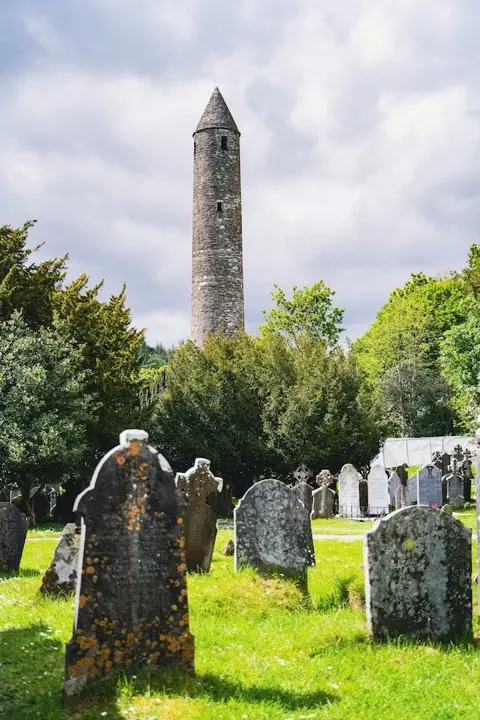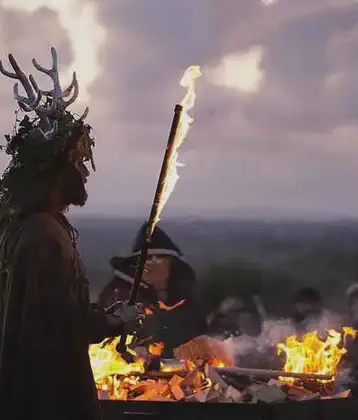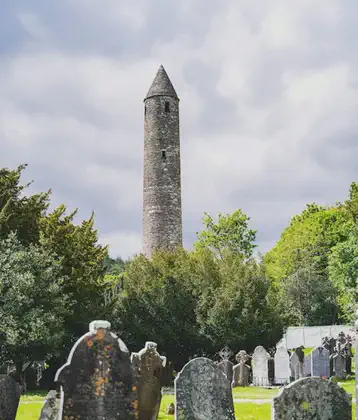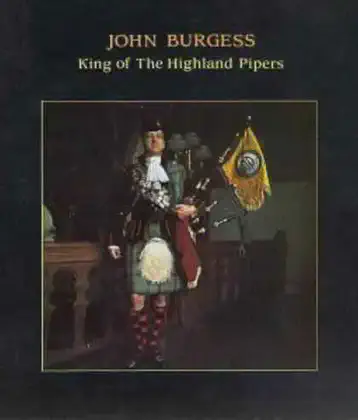On September 09, 1513 in Celtic History
James iv of scotland killed in the battle of flodden.

The Battle of Flodden or Flodden Field was fought in northern England on September 09, 1513, between an invading Scots army under King James IV and an English army commanded by Thomas Howard.
The battle actually took place near the village of Branxton in the county of Northumberland, rather than at Flodden – hence the alternative name of Battle of Branxton. The Scots had previously been stationed at Flodden, near to Branxton. (This was to be the last battle to take place in Northumberland.)
The battle was the climax of days of manoeuvring, with the Scottish schiltrons relinquishing the defensive high ground in order to come to grips with the English, whose billmen wielded a devastating weapon that was more than a match for the Scottish spears that had changed little since Bannockburn. In the bloody slogging match that characterised such warfare, the Scots were eventually encircled and cut to pieces. The Scottish reserve led by the Duke of Argyll, Archibald Campbell, 4th Earl of Argyll (c.1507–1558), who was to pay for this inaction with his head many years later, watched impassively as King James and his army was destroyed. The king, many of his nobles, and over 10,000 Scottish men were killed. The English losses are estimated as between 1,500 and 4,000. Thomas Howard, 1st Earl of Surrey, was Lieutenant General and largely responsible for the Tudor victory for Henry VIII of England. He subsequently was restored to his fathers title of Duke of Norfolk.
Skirmishes over the English-Scottish border had been taking place for centuries, and this was perhaps the longest such war on record.
On this occasion, King James had proclaimed war with England to honour the Auld Alliance, namely, to divert Henry VIIIs English troops from their campaign against the French king Louis XII; England was involved in a larger conflict, defending Italy and the Pope from the French, as a member of the Catholic League. Hoping to take advantage of Henrys absence, he led an invading army southward, only to be killed, with many of his nobles and common soldiers, at the disastrous Battle of Flodden Field on September 09, ending Scotlands involvement in the War of the League of Cambrai. A body thought to be his was recovered from the battlefield and taken to London for burial. As he was excommunicated, the embalmed body lay unburied for many years in the monastery of Sheen in Surrey, and was lost after the Reformation.
Related Content

Shane Patrick Lysaght MacGowan, lead singer of the Pogues, died
Shane Patrick Lysaght MacGowan is an Irish-English musician and songwriter, best known as the lead singer and songwriter of the punk band The Pogues.
Read More
St Machar Day, patron saint of Aberdeen
Saint Machar is the Diocesan Patron Saint of Aberdeen; the Feast Day being observed on 12th November.
Read More
Oíche Shamhna - Cetlic New Year Eve (Halloween)
In Scotland and Ireland, Halloween is known as Oíche Shamhna, while in Wales it is Nos Calan Gaeaf, the eve of the winters calend, or first. With the rise of Christianity, Samhain...
Read More
ALBAN ELFED (Welsh Bardic name for autumn equinox)
Alban Elued, The Light of the Water, the first day of Autumn, was also called Harvesthome. Observed on September 21, the Autumnal Equinox was the day when the sun again began to...
Read More
Feast day of St. James
Guinness St. James Gate Since mediaeval times, Dubliners held an annual drinking festival in the Saint’s honor. Fittingly, Guinness chose St. James’ Gate as the site for their...
Read More
John Davie Burgess, King of the Highland Pipers, died at age 71.
John Burgess died on June 29, 2005 at the age of 71.
Read More
No location specified

No location specified

No location specified

No location specified

No location specified

No location specified

No location specified

No location specified